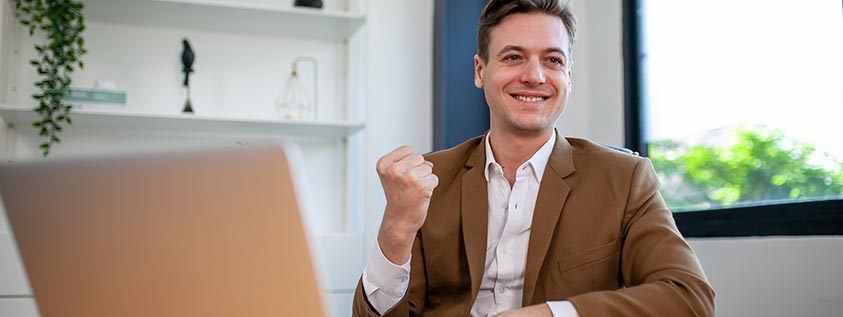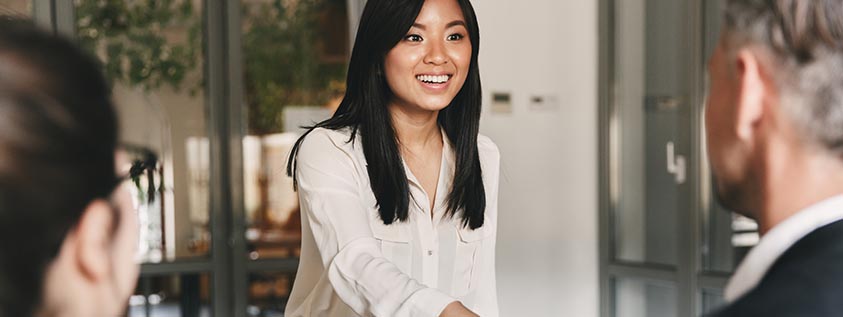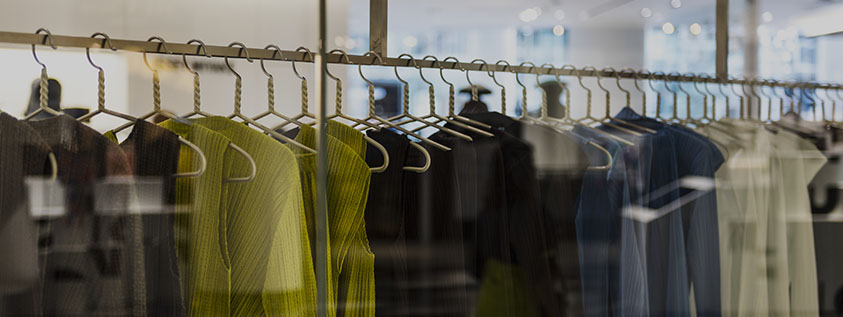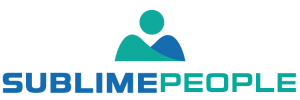When it comes to a job interview, the most important thing you can do is come prepared. Part of that preparation means deciding what to wear to an interview. The right outfit to wear for an interview largely depends on the type of job you are applying for and what kind of company it is. It would be best if you always strived to make a positive impression, so choosing an ensemble that fits the dress code – formal or casual – is paramount when preparing for your big day.
Whether interviewing at a professional office building, a laid-back startup, or even looking into summer jobs or internships, dressing appropriately shows respect and confidence in yourself and your abilities.
In this Article:
What should I wear to an interview in 2023?
In 2023, what to wear to an interview will depend on the company culture and the job you are applying for. Dressing with respect and confidence is important, showing that you take the job seriously.

Professional / Business Interview Attire
When deciding on your professional attire, it is important to ensure you don’t go too casual. Employers want to hire candidates that are a part of the modern world and have young styles. However, be wary of going overboard with costume jewelry, flip-flops or wearing something for an evening out with friends. If you recently graduated college, dress as though you’ve worked in similar roles before; presenting yourself in polished fashion shows initiative and ambition.
When attending a job interview, it’s best to dress in professional or business attire. This can consist of the following:
- A suit jacket and trousers with a button-up shirt and tie
- A sweater paired with a collared shirt
- Dress in pants combined with an office blouse.
While selecting the perfect outfit for this special occasion, be mindful of color coordination. You’ll want to avoid anything too bright or flashy that could distract from the conversation at hand.
It’s essential to remember that for any job interview, you should demonstrate a professional and neat look. Even though the type of position may influence your clothing choice, no matter what role you’re applying for, make sure to present yourself as polished and well-groomed. Your attire is instrumental in creating a great first impression with an employer – one that might land you the job!

Non-Professional / Casual Interview Attire
When attending an interview with a startup, dress to impress but don’t be too stuffy. This is, go for more of a professional-casual style. Ditch the traditional black suit and dress shoes to achieve a more relaxed look that maintains an appearance of professionalism. Consider options such as relaxed-fit khakis, dark-wash jeans, or a nice top for your ensemble.
More relaxed work environments may not require or prefer a suit and tie. When interviewing at a company with a casual dress code, you should select an outfit that conveys professionalism. Here are some examples of what to wear:
- Khakis or chinos with a collared shirt
- A skirt or dress paired with a blouse
- Dark jeans and a nice top
No matter what outfit you choose, ensure that it is neat, clean, and free of any holes or stains. It’s also a good idea to keep accessories to a minimum— your goal should be to look put-together but not overdressed.

Internship / College Job Interview Attire
It is essential for college students interviewing for professional jobs or internships to be well-dressed. By doing so, you will make a great first impression on potential employers. It shows that you understand what’s expected of you in terms of clothing and appearance if hired.
When interviewing for most positions, even entry-level jobs, it is important to present yourself professionally. Dressing more casually might be acceptable for campus and/or workplace jobs with less formal dress codes. However, avoid wearing jeans or clothing that could also be worn at the beach, gym, or club. Make sure your attire is tidy and free of holes or rips before meeting prospective employers.
When interviewing for an internship, it is essential to dress appropriately according to the company’s expectations. A job in financial services requires professional attire. Instead, a tech intern position at a startup might call for business casual clothing. Remember that first impressions are key; dressing the part can help you make a great impression and secure your desired role.
Here are some stylish ideas for what to wear:
- A collared shirt or blouse with dress pants
- A pencil skirt with a blazer and a collared shirt
- Dark jeans paired with a cozy sweater or smart dress

More job interview style tips
Aim to make a lasting impression on the interviewer by exhibiting your capabilities, knowledge, and enthusiasm. Be sure that all of your style choices align with professionalism so as not to divert attention away from what you have to offer.
Dress better than the guy next to you.
When getting ready for an interview, dress better than the guy next to you. Wear a suit with a dress shirt and tie, even if it’s not what the company typically wears. This will show you are taking the job seriously and make you stand out from the rest of the candidates.
Dress the part.
When Hollywood actors prepare for a role, they understand that their wardrobe is an integral part of the performance. As you get ready for your interview, remember: it’s not just about impressing potential employers with what you wear to try and secure the job; rather, your attire should be incorporated seamlessly into the presentation as a whole. Hiring managers make quick decisions within 10 seconds about whether or not they don’t want to hire someone. However, when an applicant has put together an impeccable overall package including clothing that complements them perfectly, this can make it more difficult to eliminate them from consideration.
Stay up-to-date.
An outdated outfit sends a subpar message during an interview. To keep your look up to date, ensure the clothes you wear are within five years of the current fashion trends. This will show that you’re on-trend and engaged with today’s world. Wearing fresh styles demonstrates that you understand what is fashionable.

Remember the occasion.
When preparing for an interview, it’s important to be aware that wearing a suit and tie or other professional attire may not always be necessary. Certain jobs don’t require formal clothing. Consider your outfit choice as though you were painting a picture of yourself for potential employers; doing research is key to avoid embarrassment. Seek out feedback from experienced local recruiters and college education centers—they understand industry standards and can help guide you toward appropriate dress selections.
Stay comfortable.
It is essential to feel comfort and tranquility during interviews, as hiring managers can easily sense when someone is uneasy or anxious. To make the best impression possible while interviewing, it’s important to select clothes that flatter you and won’t distract from your capabilities. Avoid wearing new clothes on the day of an interview – instead, choose something tried-and-true that fits without fail. Furthermore, be sure to break in any freshly purchased shoes a few days prior, so they don’t cause discomfort or interruption; nothing screams “inexperience!” more than having tags dangling off one’s outfit or a scowl from an ill-fitting blouse.
A word from SublimePeople
Achieving success in the interview process does not have to be difficult. All you need is to do some research into what’s appropriate for your particular meeting and make sure that whatever you are wearing brings out the best version of yourself. It should align with the industry, position level, two positions above it, and climate to ensure a perfect fit each time. Much like an actor’s wardrobe choice sets off their performance on stage or screen, what you choose will affect how well you present yourself at interviews.
You can also be interested in 12 Tips to Answer “Tell Me About Yourself” in a Job Interview: Sample Answers and Examples


